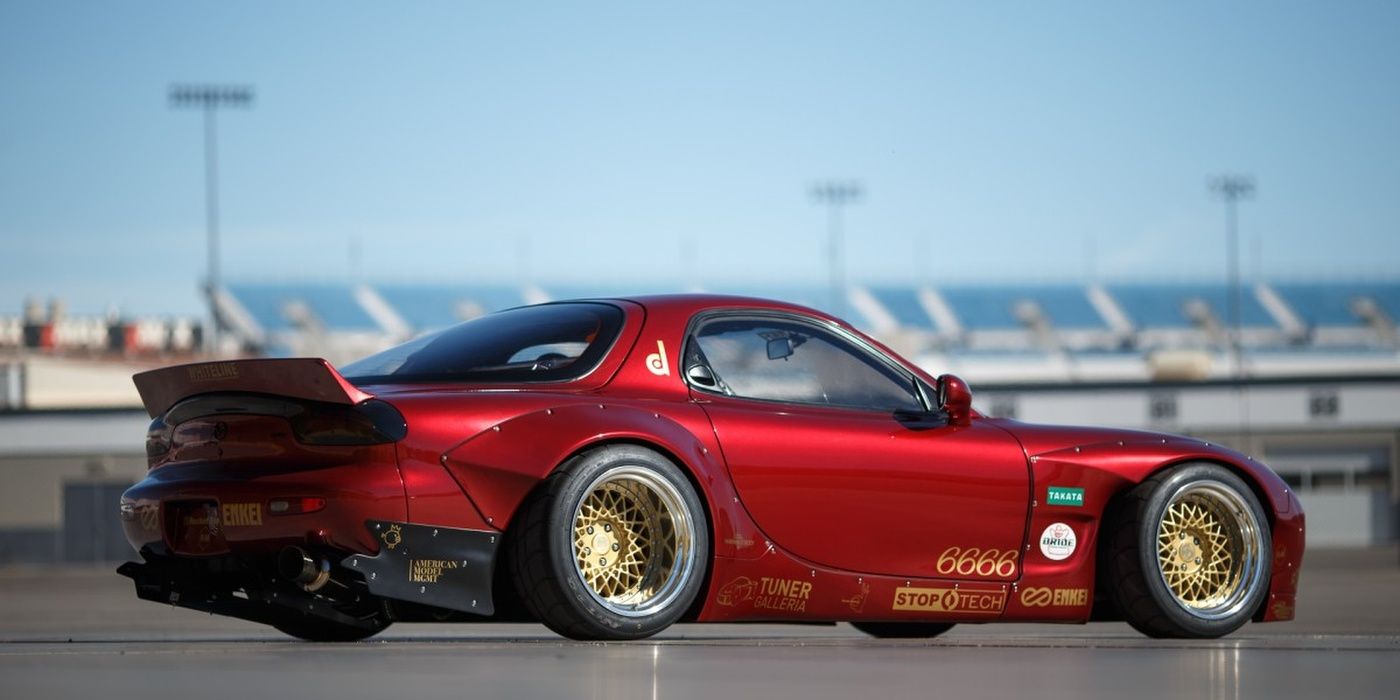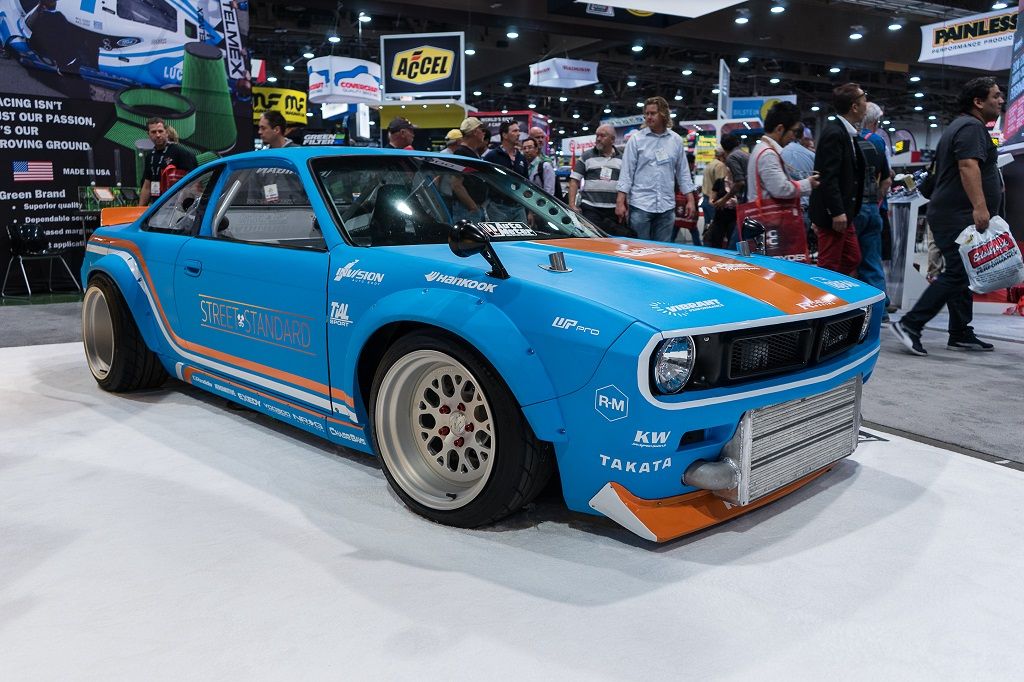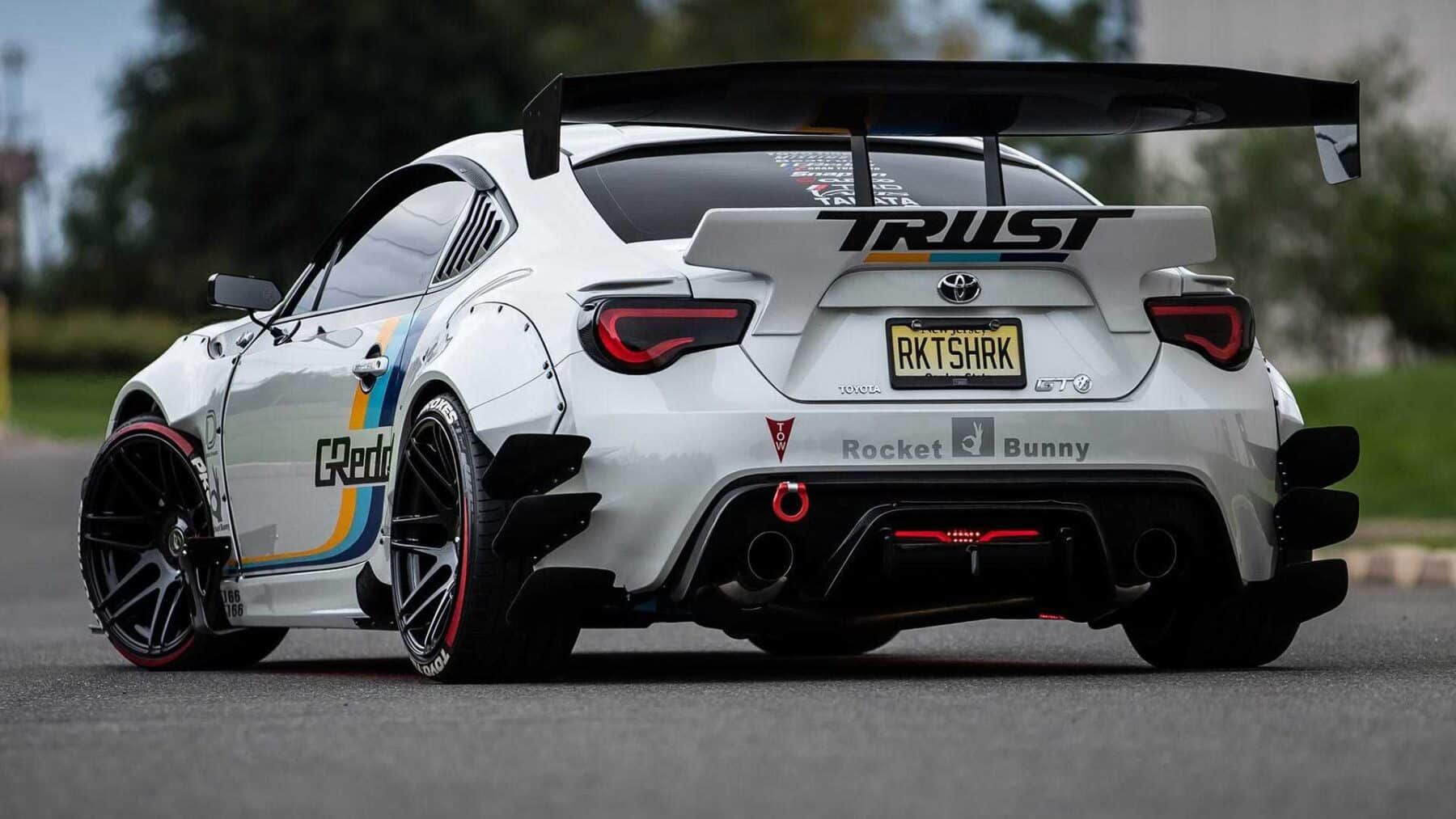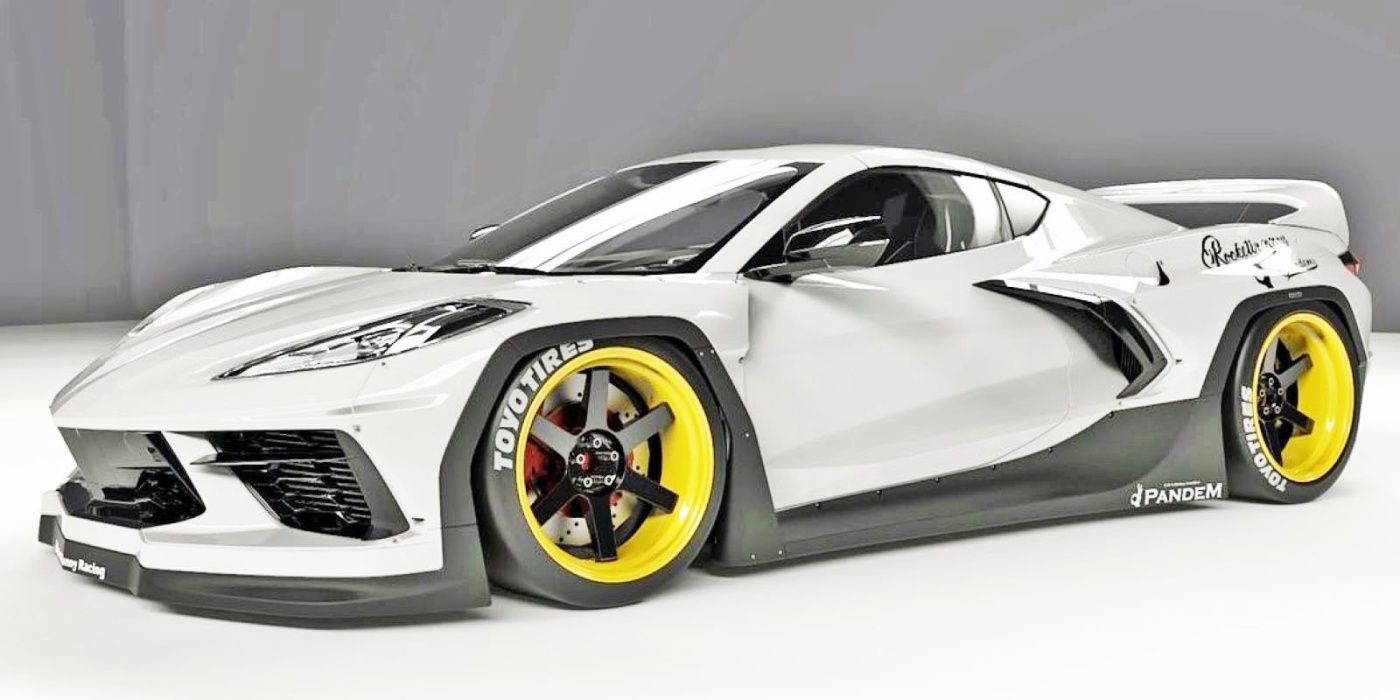Ever since Japanese cars became a huge hit in the American car scene, everyone needed to make sure they have the best JDM parts sourced from popular tuning companies. If you want to talk about Japanese performance, you have the greats, such as HKS, Spoon, GReddy, and Mugen, to name a few. But if you're discussing full aero body kits, you should never leave out Rocket Bunny, also known as Pandem in the United States.
You'll find many of Rocket Bunny's body kits installed on different cars. Some of these sports cars include the Corvette, Civic EG, Skyline GT-R, and Mazda RX7. The body kit became a hit because of its awesome aftermarket wide body design. There isn't a single car on Rocket Bunny's catalog that doesn't feature wide fender flares. Some hate it, while some love it, making it one of the most interesting body kits of today's generation.
The History Of Rocket Bunny In Japan’s JDM Scene
Most people will agree that Japanese people are very creative, which you can say the same about the founder of Rocket Bunny, Kei Miura. One thing you should know is that Rocket Bunny isn't actually a company. Instead, it's a particular wide body kit style created by Kei Miura during his early days. They were parts that he named when he worked on "kei" cars, which are tiny Japanese cars built for tight and small roads.
But before he even began creating wide body kits, he started out by designing rides and attractions in Tokyo Disneyland. He took advantage of the tools given to him at work, like CAD, and mastered the art of 3D designing body kits while working for the amusement park. Since he had a shop of his own, he used everything that he learned about 3D designing and made aero parts for his personal car using fiberglass materials. After a while, someone noticed Kei Miura's work, and they asked him to make the same type of aero parts for a Ferrari Dino race car.
When you look at his body kits, you will notice that some of the designs resemble JDM cars, specifically the Bosozoku cars. All the cars they drive have over-the-top modifications like wide fender flares, extended front bumpers, large wings, and extremely long exhaust pipes that are higher than the car's roof.
Another car scene he became interested in when he was making aero parts was the Kyusha scene. It's Japanese for "old cars," and it's basically a JDM culture that loves cars from the 70s and 80s. Some cars to look out for in Kyusha scenes are Skyline 2000 GT-Rs, Celica XXs, and AE86s.
Besides Bosozoku and Kyusha, he took inspirations from other 70s and 80s racing scenes outside of Japan like old-school DTM, Group B rally, and Pikes Peak Hill Climb. He also pointed out that cars from that era have cooler shapes and styles that he finds different from modern cars.
How Rocket Bunny Influenced American Car Culture
You might think that Pandem copied Rocket Bunny because they make the same body kits. Pandem is another name for Rocket Bunny, and it's a name only used in North America due to copyright issues. So, if you buy a body kit from Pandem, you're still buying legit parts from Rocket Bunny.
American car owners wanted the body kit once they found out about the Pandem Rocket Bunny body kits. One car that solidified the Pandem name in the American market was the FRS. They first showcased the FRS/BRZ Version 3 Body Kit in SEMA where it blew up almost instantly. It became so famous that car owners bought the wide body kit even if it didn't look appealing to the public eye.
During Pandem's sudden rise of popularity in America, Kei Miura decided to make body kits for American cars. Some of the cars included a C5 and C8 Corvette and a 2006 Ford Mustang. People found the Mustang Pandem body kit unique because of its rear and roof wing combo that you would never find on American-owned Mustangs.
Famous Sports Cars Modified By Pandem Rocket Bunny
One noteworthy car that got the Pandem styling is the Mazda RX7. The first version Miura-san designed had the usual wide fender flares. He also replaced the side skirts and the front and rear bumpers that follow the shape of the fenders. However, the Pandem Mazda FD3S Boss body kit gave it an entirely new front face. He got the whole RX3 front face and slapped it on the wide body kit design, making it look like someone's project car. Michael "Made Mike" Whiddett popularized the body kit that he installed on his "Madbull" RX7 FD3S.
Another sports car that Miura-san designed a body kit for is the C8 Corvette. The design isn't as flashy as the other body kits in his collection as this one has subtle, yet noticeable, changes. It still features the wide fender flares with the iconic rivet styling. What stands out the most with the Pandem C8 Corvette body kit is the side profile and black lines that run around the edges of the car's bumpers, fenders, and side skirts.
Kei Miura also loved European sports cars, and that's why he chose the Porsche Cayman 987. You have the option between two body kit versions for the Cayman; Version 1 and Version 2. Some differences you can find between the two is that V1's front bumper has smaller grilles compared to V2, and V1 only has the front canards. Another is V1's rear bumper which has two holes on each side of the plate number area, whereas V2 doesn't have the holes.




